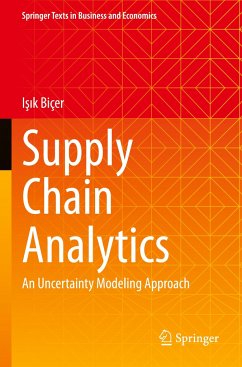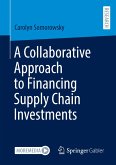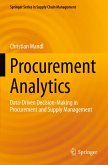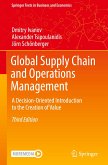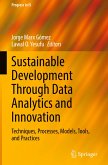This textbook offers a detailed account of analytical models used to solve complex supply chain problems. It introduces a unique risk analysis framework that helps the reader understand the sources of uncertainties and use appropriate models to improve decisions in supply chains. This framework illustrates the complete supply chain for a product and demonstrates the supply chain's exposure to demand, supply, inventory, and financial risks.
Step by step, this book provides a detailed examination of analytical methods that optimize operational decisions under different types of uncertainty. It discusses stochastic inventory models, introduces uncertainty modeling methods, and explains methods for managing uncertainty. To help readers deepen their understanding, it includes access to various supplementary material including an online interactive tool in Python.
This book is intended for undergraduate and graduate students of supply chain management with a focus on supply chain analytics. It also prepares practitioners to make better decisions in this field.
Step by step, this book provides a detailed examination of analytical methods that optimize operational decisions under different types of uncertainty. It discusses stochastic inventory models, introduces uncertainty modeling methods, and explains methods for managing uncertainty. To help readers deepen their understanding, it includes access to various supplementary material including an online interactive tool in Python.
This book is intended for undergraduate and graduate students of supply chain management with a focus on supply chain analytics. It also prepares practitioners to make better decisions in this field.

